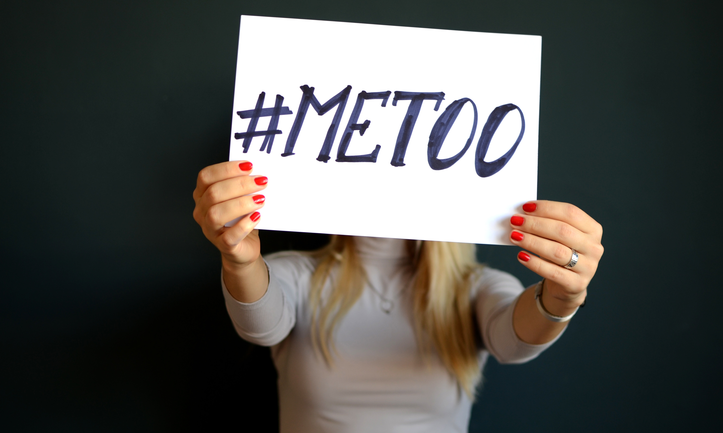Praised be to God and Jesus, Divine Master ! Forever…
What’s the biggest obstacle to addressing a culture of sexual harassment?

The following is the outcome of a recent online survey on sexual harassment by ‘America the Jesuit Review’ posted on its website on 27 Dec 2017.
When asked if they had experienced sexual harassment, 89 percent of all respondents to our recent survey answered yes, while 76 percent told America that they had seen someone else experience harassment. Ninety-seven percent of women who responded said that they had experienced sexual harassment first hand.
“Sexual harassment is so commonplace in its different forms that it is easier to name the times and places it has not occurred,” wrote one reader from Medford, Ore. When asked to indicate the settings in which they experienced or witnessed harassment, readers most frequently named the workplace (79 percent), public places (62 percent) and school (45 percent).
Despite these sobering numbers, the majority of readers (77 percent) told America that they have noticed new efforts to respond to sexual harassment in the last decade. “I think a great deal changed in the workplace after Anita Hill,” a reader from Boston wrote.
Other readers noted productive efforts by their communities to end harassment. “My diocese has a program that trains all volunteers and employees in understanding both abuse and sexual harassment,” wrote a respondent from Austin, Tex. “Personal accountability and communal responsibility are priorities.”
A reader from New York City described the usefulness of online communities in this respect, singling out the #MeToo social media campaign. “#MeToo has helped me and others gain a voice against perpetrators,” she said.
Readers described many obstacles to addressing a culture that permits sexual harassment. One respondent said that “victim-blaming and making perpetrators the ‘victims’” is the biggest obstacle to moving forward. She gave an example: “Saying, ‘It’s a horrible time to be a man today,’ overlooks the fact it has been a horrible time to be a woman for a long, long time.”
Another reader, from Pasadena, Calif, pointed out that society’s attention has been disproportionately focused on high-profile harassment cases. “While we relish the downfall of powerful, abusive men,” he said, “we refuse to recognise the ways we are already complicit in this culture.”
A respondent from Pottsville, Pa, suggested that putting women in leadership positions could help: “Men tend to protect and shield other men even when they are guilty…. [They can be more] concerned with the perpetrator’s dignity than that of the victim. (We have seen this with our own clerical sexual abuse crisis in the Catholic Church.) More women need to be in positions of leadership and power because when we are not, we are more likely to be targeted as victims.” – america



